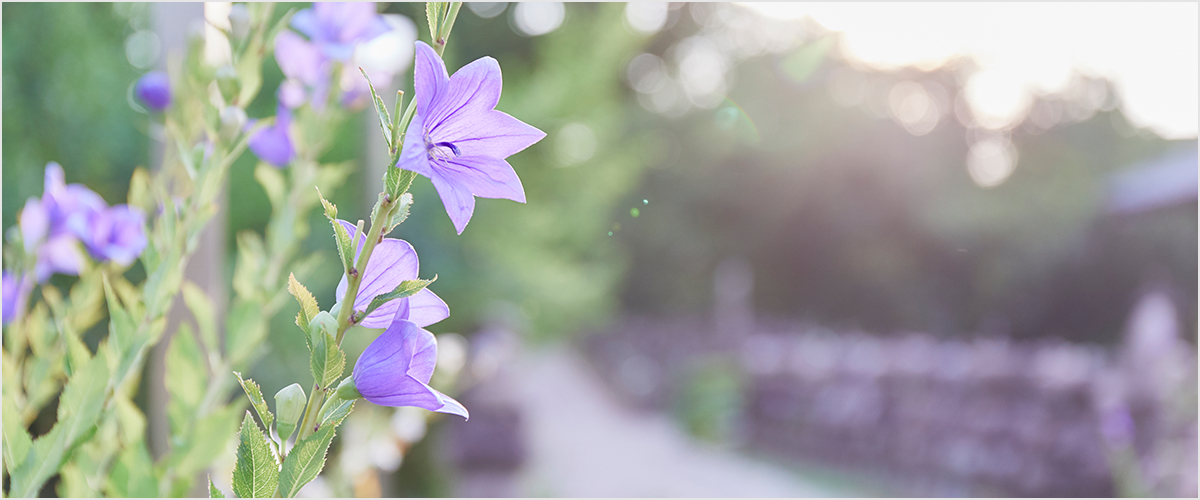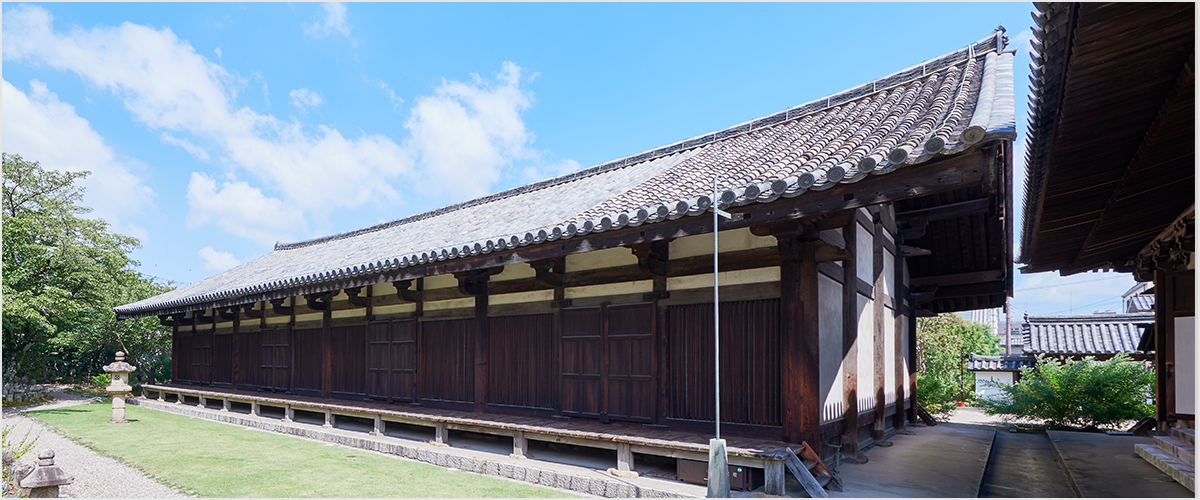MENU

Hoko-ji (Asuka-dera) temple is the first authentic temple in Japan. It was originally built for praying to the glory of the Soga family, but it became a state-sponsored temple when it was moved to the ancient capital of Heijyo-kyo. The temple name was also changed from Hoko-ji (Asuka-dera) to Gangoji while being moved and rebuilt. It means the place where the first Buddhist temple was built in Japan.

Adults: 700 yen (800 yen during the special autumn exhibition)
Junior- and high-school students: 500 yen (600 yen during the special autumn exhibition)
Elementary-school students: 300 yen (400 yen during the special autumn exhibition)
Groups of 30 or more: 600 yen (700 yen during the special autumn exhibition)
Person with physical disability: half price
No eating or drinking on temple grounds
Only for visitors of the temple
Parking lot at the north gate: 2 large-sized buses (free)…Reservations required
Parking lot at the east gate: 10 vehicles (free)
Not available during the morning of August 22-25, and on February 2-3.

World-class cultural heritage status of cultural assets from ancient Nara is bestowed on eight properties. That group includes the small space on the temple grounds that covers the historical site of Gangoji Gokuraku-bo, the old remains of the Buddhist priests’ living quarters, the national treasure Gokuraku-do Hall (main hall of Gokuraku-bo) and the national treasure Zen Room (Gokuraku-bo Zen Room). The East Gate is registered as an important cultural property. This temple was the spot for the first Buddhist temple in Japan, Asuka-dera (Hoko-ji). It is not an overstatement to say that this temple is part of Gangoji, coming through the Heijo-kyo transfer, and being rebuilt and moved, where it became a state-sponsored temple. The east part outside of the Heijo-kyo capital, which is connected on a north-south axis with the big temple Kofuku-ji, suffered repeated disasters and disappeared over time. Of this section, just the historic remains of Gangoji tower and the Shoto-in small tower house, and Naramachi, the town name derived from the temple made it into the records. It can be said that while Gangoji was forgotten, it attained world cultural heritage status because the cultural properties protection law instituted after World War II. A lot of people continued to do steady research, and the treasury and others poured funds into the preservation effort. The research proved the authenticity of Gangoji, and much of the temple’s buildings and Buddhist images were designated cultural treasures.

Long ago, an evil demon appeared in the Gangoji belfry and he frightened the people of the town. Around that time, a child with great strength known as the child of thunder entered the temple from the country of Owari. The famous story goes that the boy tore off the demon’s hair and threw it away. By getting rid of the evil demon, the child of thunder became a god called “Yao Ikaduchi-no-kami” (eight gods of thunder) and “Gagoze”, people depicted him as a demon. The demon of Gangoji has been called Gagoze, Gagoji and Gango, and is known throughout Japan.
It isn’t seen too much these days, but we often saw such a gesture where children stick out their tongues and pull down on and hold skin under their eyes, saying, “Akkanbe” or “bey.” This was the old guise of demons, and was referred to as “bekako”, or “mekago”, or “me-akako” (red-eyed child). The name was also pronounced “bekako”, “bekkanko”, originally derived from “beggango”, which may be the root of the childish cries. “Gango” came from “Gangou”,and seems to be the terms of demon which sprung from Gangoji just like “Gagoji” and “Gagoze”.
According to elderly people in the Awaji and Tokushima districts, long ago, a theory went that when admonishing children who wouldn’t stop crying, people would tell them that “Gagoji is coming,” or “Gagoze is here,” while healthy, well-behaved children would use the terms “Gango” and “Ganbou.”
Also the books that record a folk tradition in modern times tell that, to scare children, people sometimes said “Gagoji” or “Gagoze”, imitating the look of a demon with their eyes grown wide and mouth opend wide.
“Gagoze” refers to the demon which appeared in Gangoji temple in the past. It used to be called “Gagoji,” which is a Chinese reading pronunciation of Gangoji, but it was later referred to as “Gagoze”, the deity of Gangoji.
In the Kyogen traditional comedic drama titled “Shimizu”, there is one scene where Taro-gasha refused to visit Shimizu temple on behalf of another person. He said, “I am afraid to go to Shimizu, because the Gagoze comes out there.” This dialogue still remains in the current script.
Also, “Yamato Meisho-zu-e”, an illustrated collection of famous places, includes a Kyoka comic poem telling “Some people think beautiful women have a devilish side, but the word appeared in the poem telling “You might be bitten by Gagoji” doesn’t mention about a demon, it is the temple name. This poem suggests that Gangoji became synonymous with a demon rather than its temple name.
The demon legend of Gangoji was derived from a DojoHoshi priest and appeared in “Nihon Reiiki” (miraculous stories from the Japanese Buddhist tradition). Dojo Hosshi was born as a child of lightning.He became powerful and won the contest of strength against the king who was the strongest man in the dynasty, and finally exterminated the demon at Gangoji. He also exhibited his ability to draw water to the rice field possessed by the temple and made other achievements. His success story was concluded when he finally became a great priest, but the story of exterminating the demon was the one that drew the most attention, accompanied by the interpretation of religious (Buddhist) preachers. It finally linked to the Oni-ji, an event held before spring to ward off evil. Gangoji deified Dojo Hosshi, who exterminated the demon, and conveyed a bizarre demon face mask called “Yao Ikaduchi-no-kami” or “Gagoze”. It symbolizes the fierce god that contributed to agriculture development, demon extermination, and flourishing Buddhism.
Since ancient times, evil spirits hidden in the darkness were said to eat humans, becoming a symbol of evil spirits and maliciousness. Spring wouldn’t come unless evil spirits were warded off. Therefore, people sought someone who would exterminate evil and created such a fierce god. Fierce gods symbolized in the Gagoze’s paper talisman , ridge-end tiles, and “Namahage” traditional Japanese folklore, are not frightening evil spirits that people must avoid, but they are good demons.
Real evil spirits have only three fingers, which represents the three vices: greed, outrage, and complaint. They lost two important fingers representing wisdom and mercy. People long for someone who acts as a good demon, but we have to ward off evil by ourselves, otherwise spring won’t come. Evil spirits exist in everyone.
Set in the land of beginnings with a history spanning 1,300 years,
Gangoji is a National Treasure and World Heritage Site of Nara.